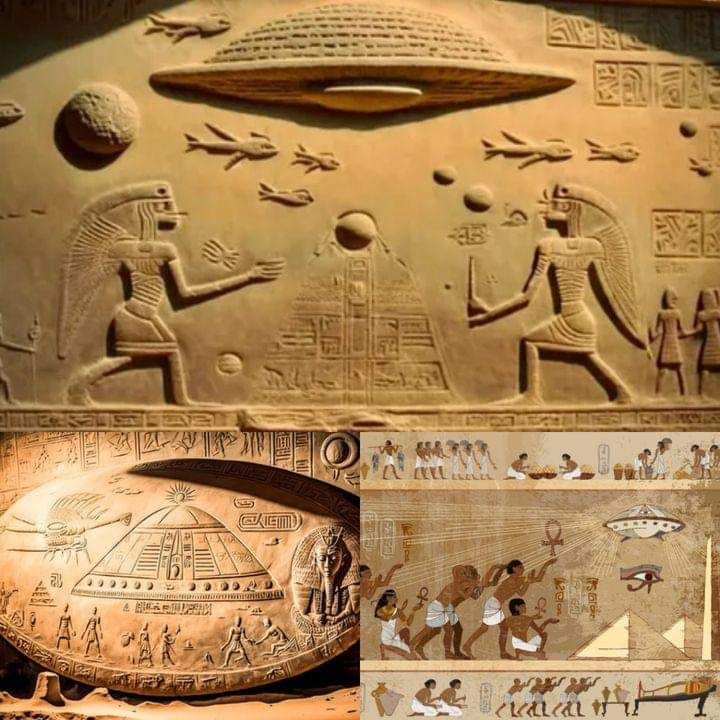Researchers Uncover the True Purpose of the Pyramids: A Revolutionary Discovery
For centuries, the pyramids of Egypt have been shrouded in mystery. These colossal monuments, built thousands of years ago, have sparked endless speculation about their purpose. Were they merely grand tombs for the pharaohs, astronomical observatories, or something far more complex? Recent groundbreaking research suggests that the pyramids may have served a purpose far beyond anything previously imagined.

The Traditional View: Tombs of the Pharaohs
The Great Pyramid of Giza, the most iconic of them all, has long been believed to be a tomb for Pharaoh Khufu. This theory is supported by the structure’s intricate design, which includes chambers and passageways that seem tailored to safeguard the king’s journey to the afterlife. However, some researchers have always doubted this simplistic explanation. After all, why build such monumental structures merely to house a body?
A New Theory Emerges
A multidisciplinary team of archaeologists, engineers, and historians has proposed a startling new theory: the pyramids were advanced energy structures. According to their findings, the unique geometry of the pyramids and their material composition suggest they may have been designed to harness and amplify natural energy from the Earth.
This theory is bolstered by the fact that the Great Pyramid of Giza was constructed with limestone and granite, materials known to conduct and store energy. Combined with its precise alignment to the cardinal points and its location on a powerful geomagnetic node, researchers believe the pyramid acted as a sort of “power plant.”
The Evidence Behind the Theory
- Electromagnetic Anomalies: Studies have shown unusual electromagnetic energy inside the pyramid, particularly in the King’s Chamber. Researchers speculate that this could indicate the structure’s ability to channel energy.
- Water Channels Beneath the Pyramid: Underground water systems discovered near the pyramids may have played a role in generating energy through piezoelectric effects, where pressure on certain materials (like quartz in granite) produces electricity.
- Architectural Precision: The incredible accuracy of the pyramid’s construction, down to a fraction of a degree in its alignment, suggests a purpose beyond mere aesthetics.
- Resonance Chambers: The layout of the internal chambers and passageways may have been designed to amplify sound waves or vibrations, contributing to energy generation or spiritual rituals.
Ancient Knowledge Beyond Its Time

If the pyramids were indeed energy structures, it raises profound questions about the ancient Egyptians’ understanding of science. Did they possess advanced knowledge of geomagnetism, acoustics, and architecture far beyond what we’ve attributed to them?
Some researchers argue that the pyramids’ true purpose may have been multifaceted. They could have functioned as spiritual centers, energy generators, and symbols of power, all at once.
Implications for Modern Science
If this theory proves correct, it could revolutionize how we view ancient civilizations. Instead of being technologically primitive, the Egyptians might have been masters of sustainable energy, harnessing Earth’s natural resources in ways we are only beginning to understand.
Modern architects and engineers are already exploring how ancient technologies might inspire renewable energy solutions today. Could the secrets of the pyramids hold the key to future innovations?
Conclusion: More Than Just Monuments
The pyramids have stood the test of time, continuing to awe and inspire humanity. While much about their construction and purpose remains uncertain, the latest research reminds us that ancient civilizations may have been far more advanced than we give them credit for.





